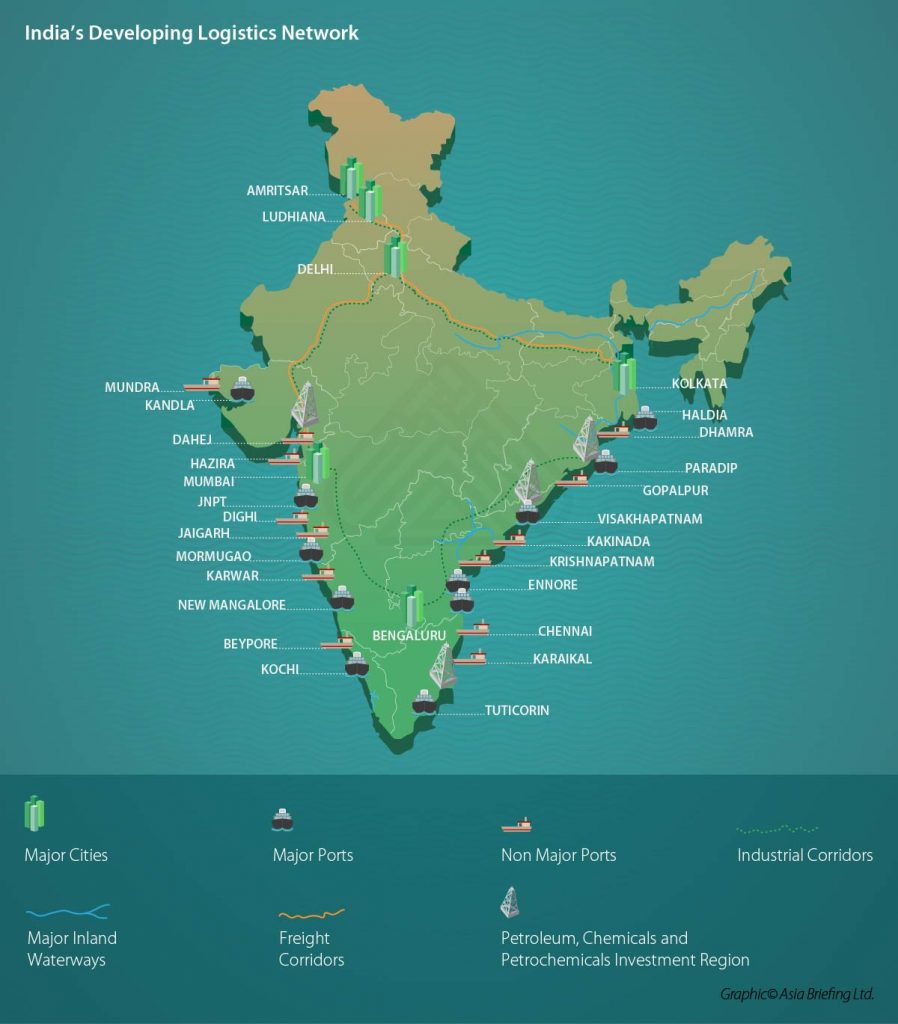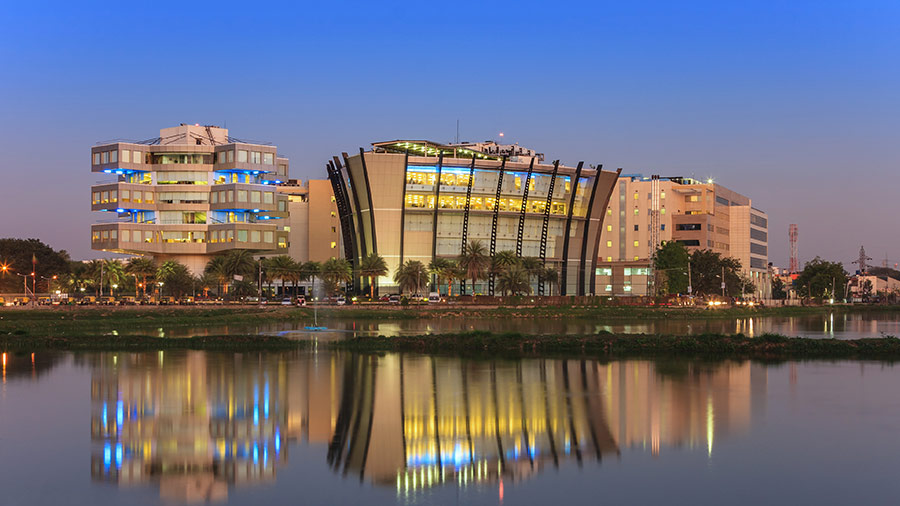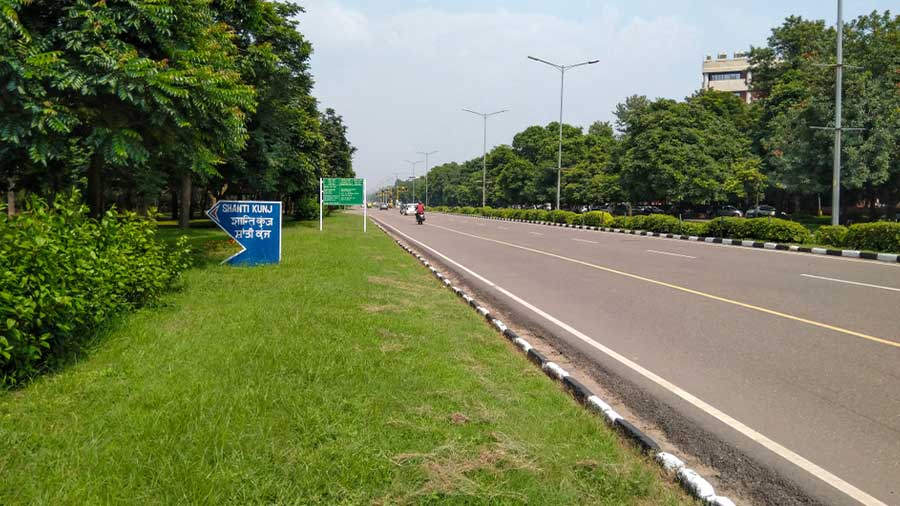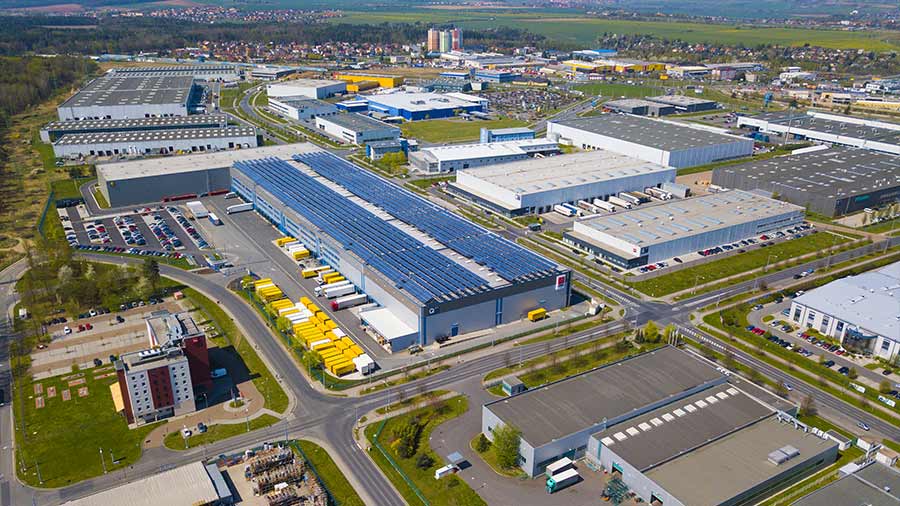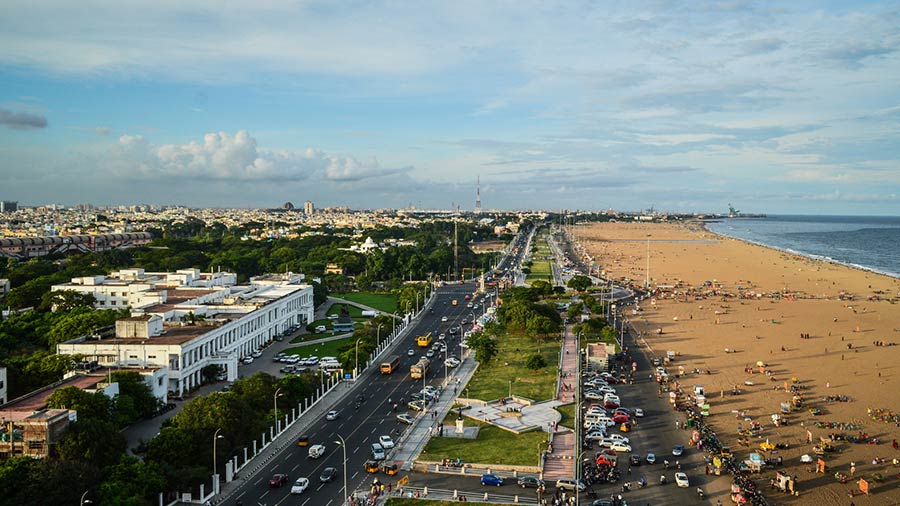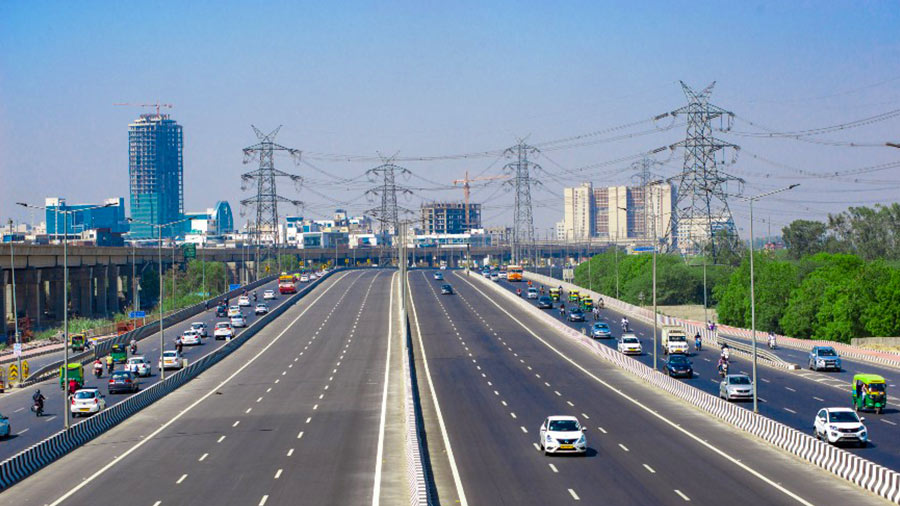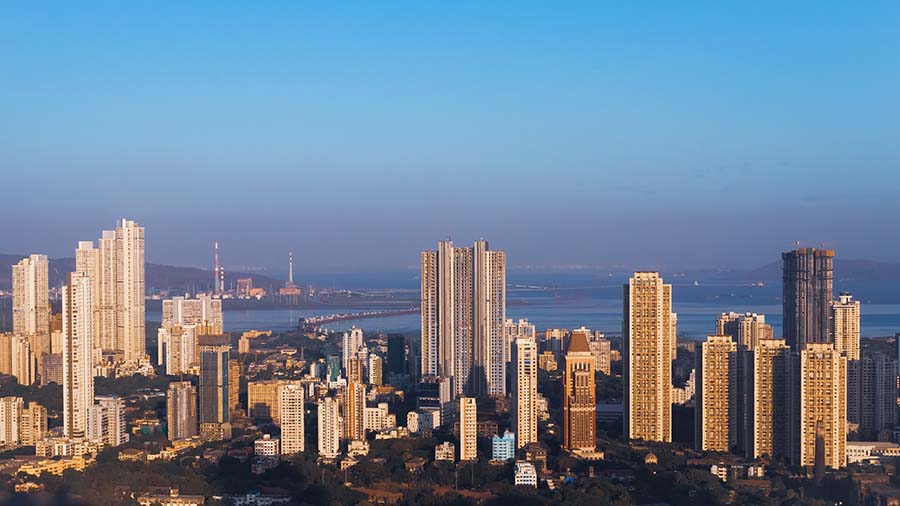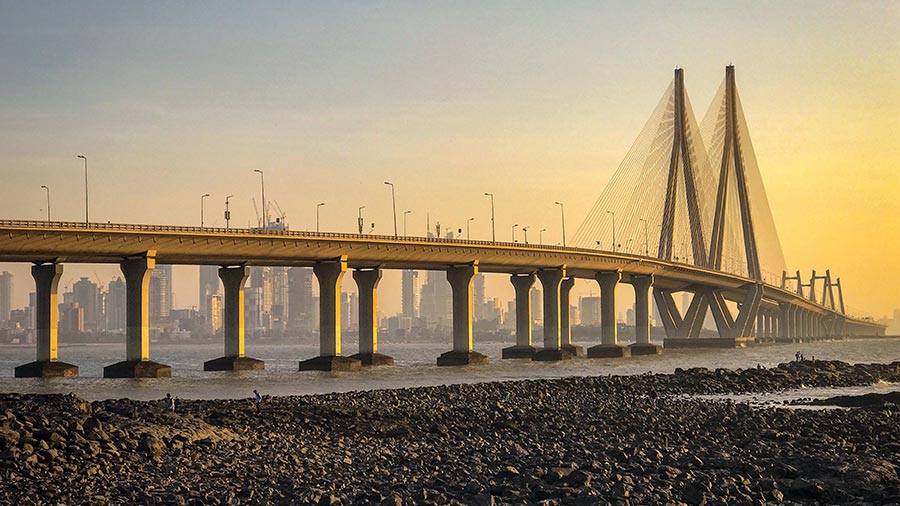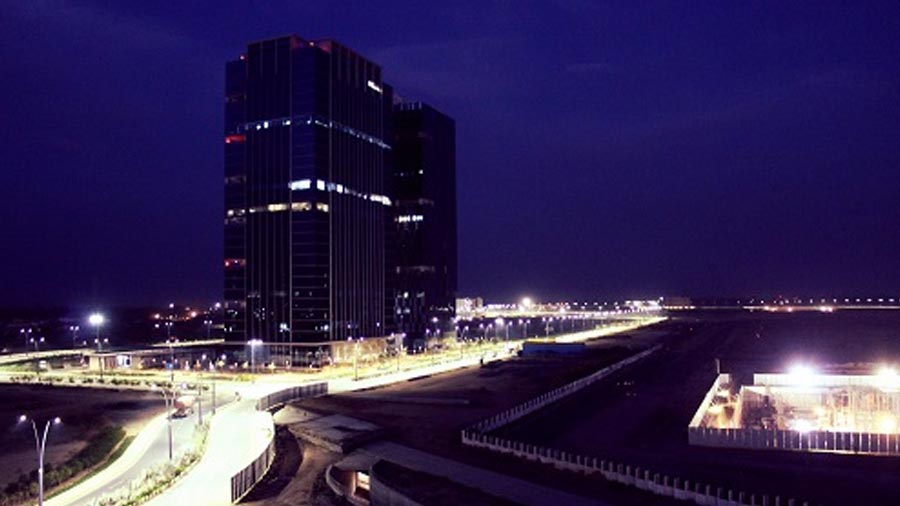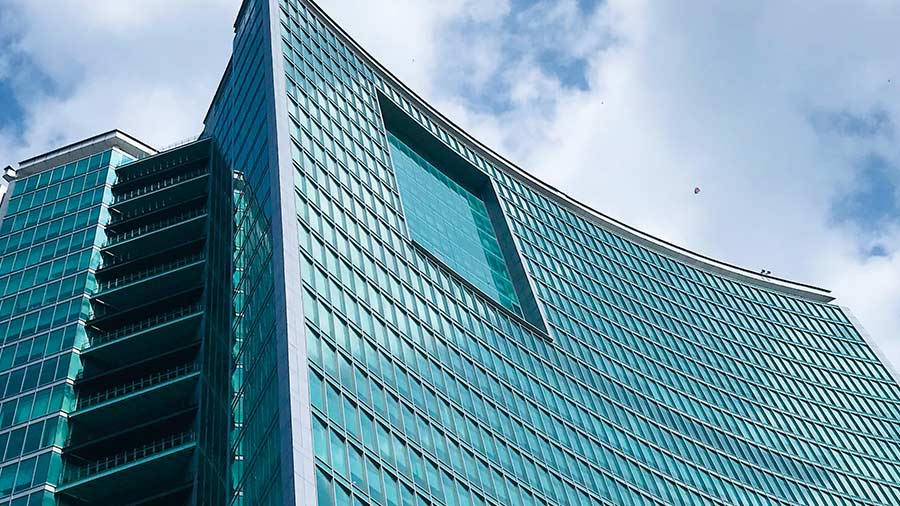India’s business environment has undergone a dramatic transformation in the past few years - attributed to various economic reforms put in place by the national government such as the goods and services tax – strengthening the indirect tax system – and the insolvency and bankruptcy code (IBC).
While the overall business sentiment is strengthening in India, it is essential for investors to pay close attention to state-level reforms that vary significantly and affect the success or failure of investment projects. Before investing in India, businesses must understand and recognize the diversity across Indian states, their market potential in terms of resources, business climate, logistics, as well as conduct a true assessment of the on-the-ground situation.
Top Five Indian States with the Highest FDI Inflow in FY 2024-25 |
|
| Maharashtra | 31% |
| Karnataka | 20% |
| Gujarat | 16% |
| Delhi | 13% |
| Tamil Nadu | 5% |
India also offers region and sector-specific tax incentives. Many states are renowned for incentivizing the inflow of foreign capital and have established manufacturing entities, set up demarcated zones, and carved out niche supply chain hubs. However, beyond the attractive promises and incentives, foreign investors must be able to assess the on-the-ground situations, in practical terms. This includes a realistic understanding of the comparative performance between different regions and states, as well as gaps between state planning and actual business support available, which will make the operation cost competitive.
| State / UT | Opportunities | Worth (US$ bn) |
|---|---|---|
| Andaman & Nicobar | 113 | 42.24 |
| Andhra Pradesh | 1014 | 217.44 |
| Arunachal Pradesh | 233 | 87.79 |
| Assam | 416 | 82.45 |
| Bihar | 583 | 132.75 |
| Chandigarh | 112 | 16.08 |
| Chhattisgarh | 313 | 110.56 |
| Dadra & Nagar Haveli and Daman & Diu | 35 | 54.3 |
| Delhi | 1050 | 72.12 |
| Goa | 145 | 46.68 |
| Gujarat | 1049 | 189.19 |
| Haryana | 400 | 102.68 |
| Himachal Pradesh | 243 | 62.79 |
| Jammu & Kashmir | 195 | 67.48 |
| Jharkhand | 492 | 138.61 |
| Karnataka | 900 | 145.19 |
| Kerala | 351 | 93.45 |
| Ladakh | 26 | 39.82 |
| Lakshadweep | 12 | 39.27 |
| Madhya Pradesh | 1318 | 171.3 |
| Maharashtra | 2171 | 288.79 |
| Manipur | 137 | 48.67 |
| Meghalaya | 127 | 47.51 |
| Mizoram | 221 | 52.45 |
| Nagaland | 179 | 48 |
| Odisha | 607 | 181.27 |
| Puducherry | 49 | 41.06 |
| Punjab | 390 | 103.89 |
| Rajasthan | 956 | 153.1 |
| Sikkim | 185 | 54.51 |
| Tamil Nadu | 1031 | 203.99 |
| Telangana | 636 | 121.06 |
| Tripura | 129 | 44.59 |
| Uttar Pradesh | 2019 | 292.88 |
| Uttarakhand | 379 | 69.54 |
| West Bengal | 1189 | 169.58 |
| Note: The state-wise investment opportunities are regularly updated by the India Investment Grid portal. | ||
Special Economic Zones
Special economic zones (SEZs) are areas that offer incentives to resident businesses. SEZs typically offer competitive infrastructure, duty free exports, tax incentives, and other measures designed to make it easier to conduct business. Accordingly, SEZs in India are a popular investment destination for many multinationals, particularly exporters.
While India’s SEZs are similar to those found in other parts of Asia, business leaders that are considering setting up in a SEZ should seek to understand how SEZs work in India. Each SEZ is unique. Many business leaders conduct market entry studies that compare sites, resources, tax incentives, and costs before making site visits.
|
Fact Sheet on Economic Zones |
|
|
Number of Formal approvals (As on February 2, 2023) |
424 |
|
Number of notified SEZs (As on February 2, 2023) |
376 (including 7 Central Govt. + 12 State Govt./ Private Sector SEZs set up prior to the enactment of SEZ Act, 2005 |
|
Number of In-Principle Approvals- (As on February 28, 2023) |
35 |
|
Operational SEZs (As on December 31st, 2022) |
278 |
|
Units approved in SEZs (As on December 31st, 2022) |
5713 |
Choosing an SEZ location
There are many SEZs for your company to choose from – a list of which can be obtained from the Department of Commerce’s website – and so deciding on which is best for you can often be a difficult and stress-inducing process.
For companies directly sourcing from or manufacturing in India, the site should be well placed to acquire the raw materials needed for production, while at the same time being in an area suited for export.
